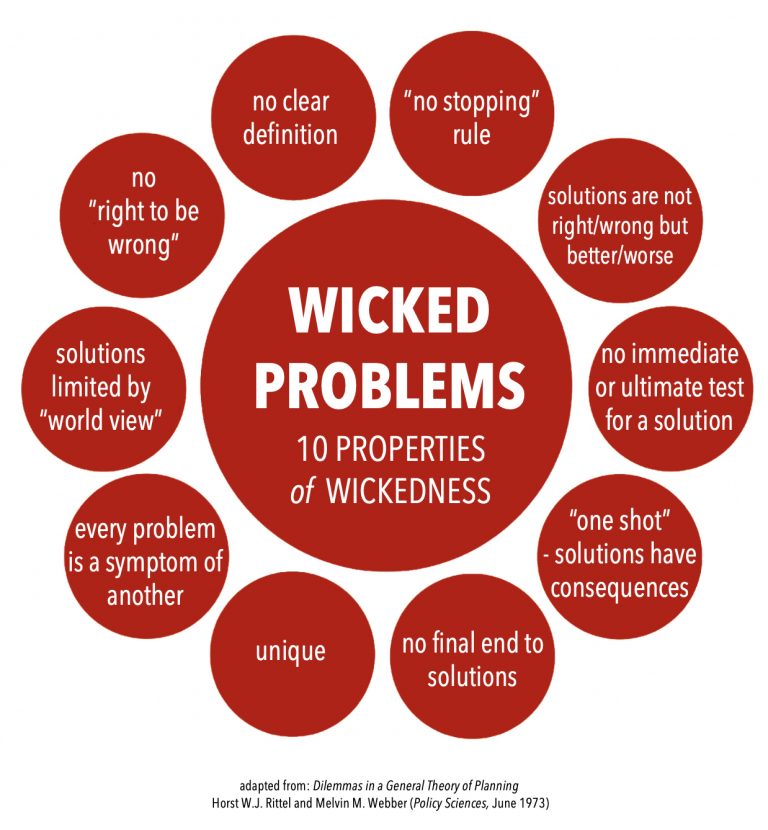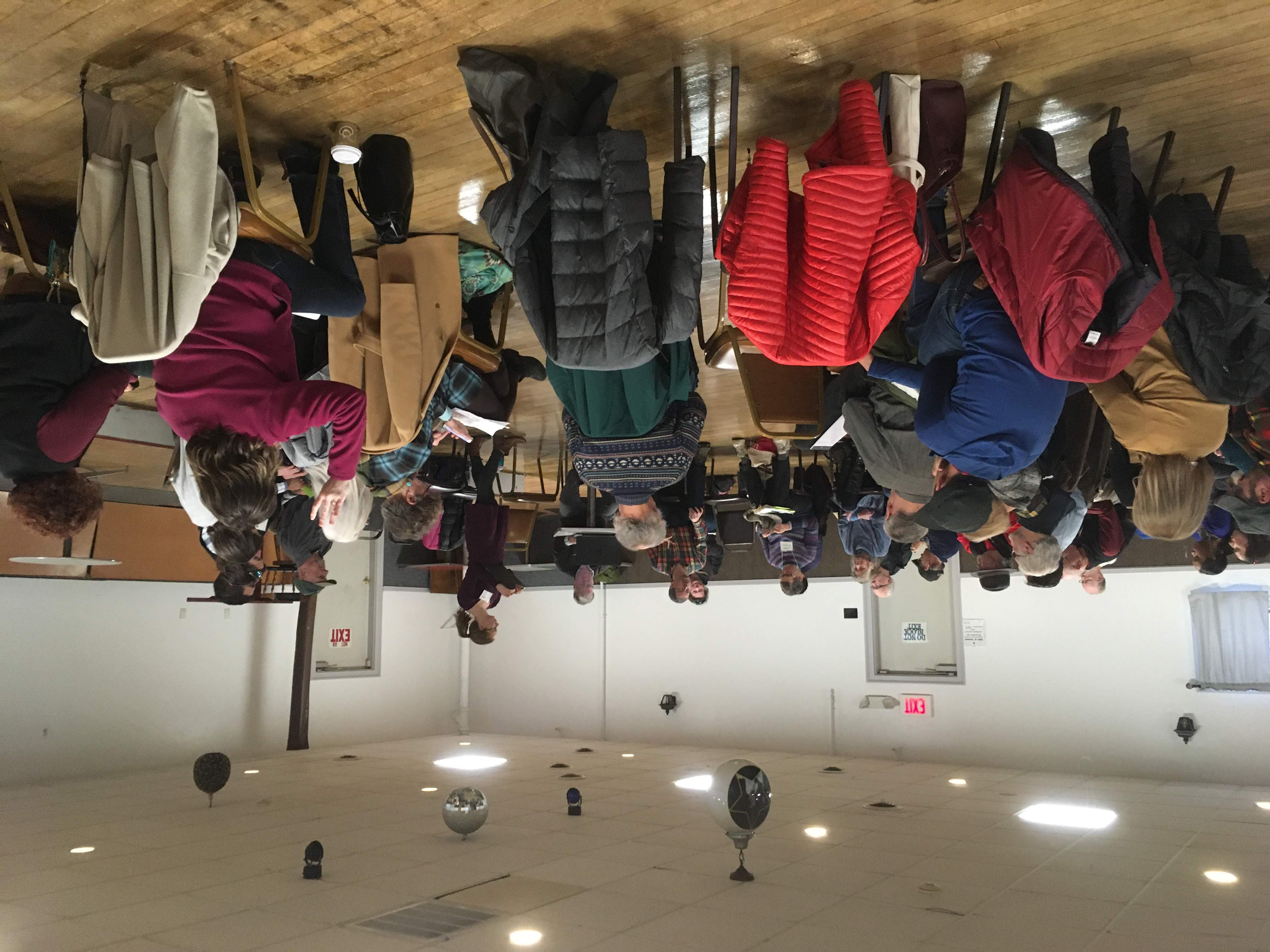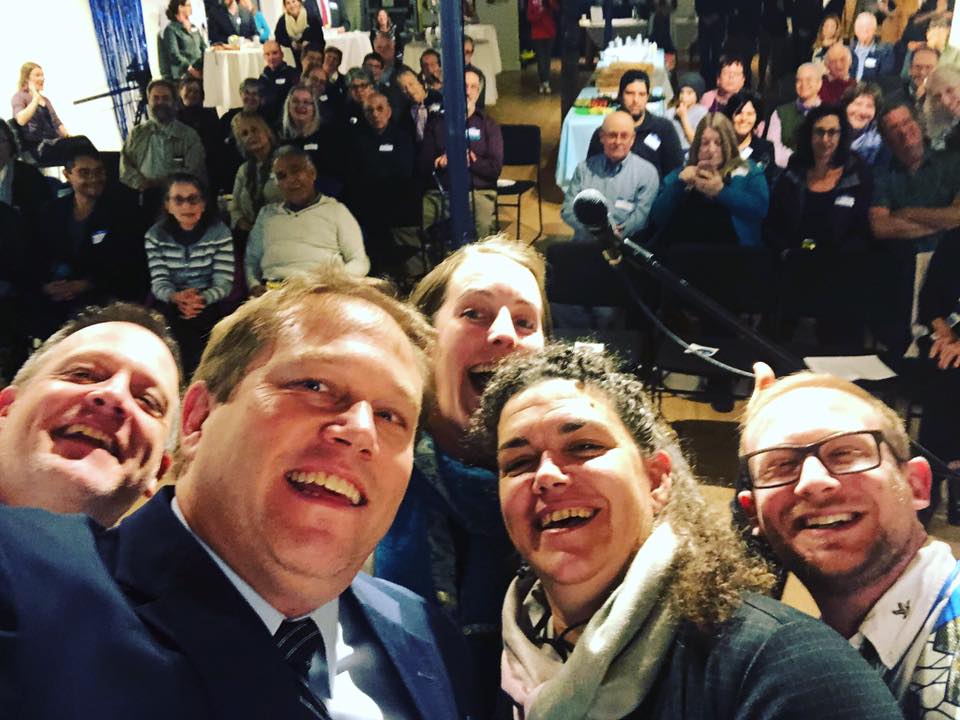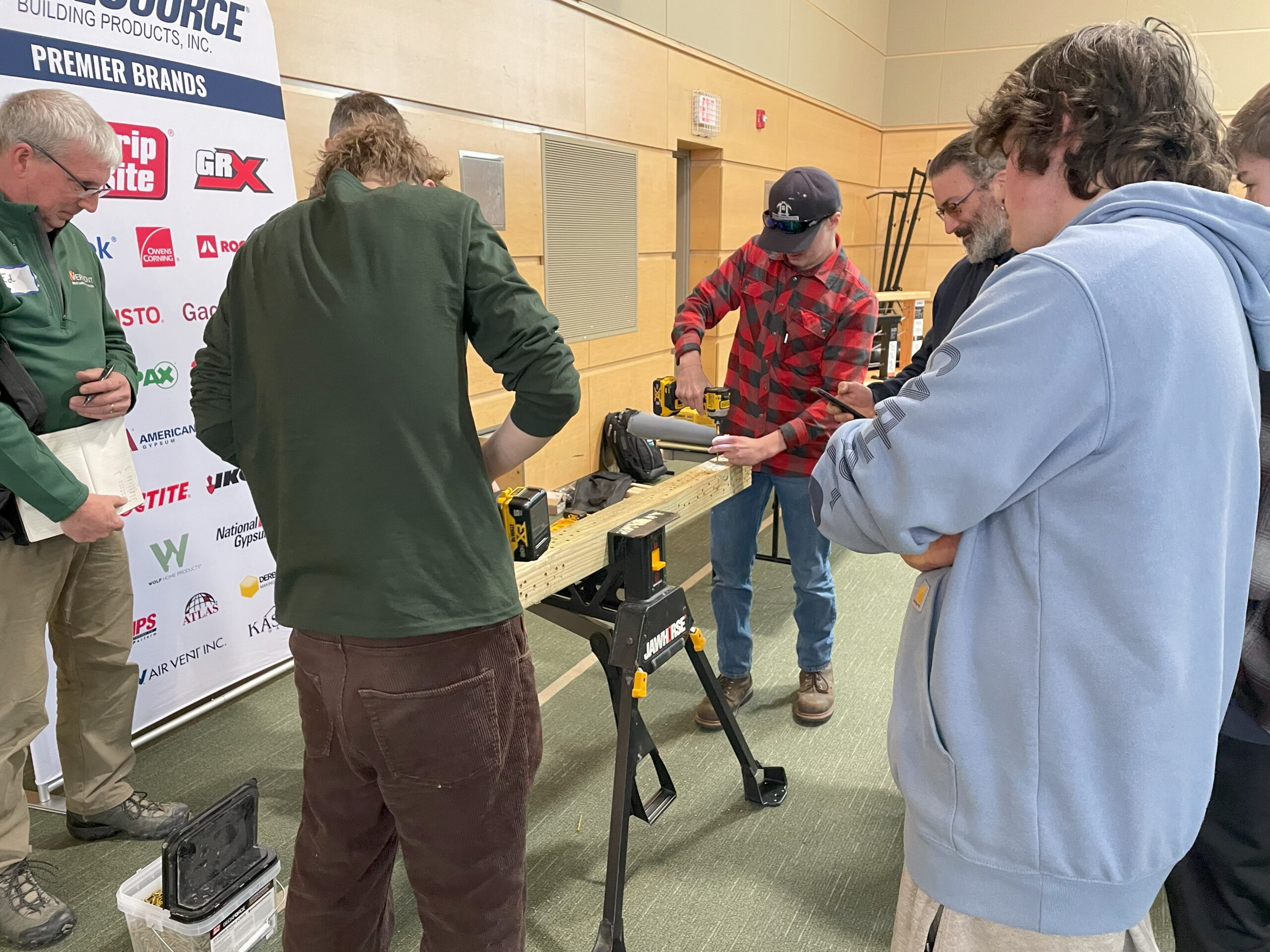
Regional Group Studies Housing Solutions
A housing study group in southern Vermont has been meeting for the past several months to dig into the housing crisis. The study group participated in the Strong Towns Academy course titled “Creating Housing Opportunities in a Strong Town.” The study group consisted of Gretchen Havreluk (Town of Wilmington), Gordon Black (Town of Manchester), Nick Zaiac (Town of Arlington), John Dunbar (Rockingham Planning Commission), Jeff Dunbar (Village of Bellows Falls), Lisa Whitney (Winston Prouty), Jen Stromsten (BDCC), and Sarah Lang (BDCC). This course was supported by the Southern Vermont Economy Project, a BDCC program that brings capacity and knowledge to Southern Vermont.
Andrew McKeever, host of GNAT’s “The News Project”, convened some of the study group participants to talk about how the housing crisis affects their communities, and what the group has been learning about what can be done (Click here for video).
The study group was made possible by an educational initiative of Strong Towns, convened and funded through BDCC’s Southern Vermont Economy Project (SVEP). When the pandemic struck, Strong Towns pivoted towards delivering more digital content. They scaled up the “Strong Towns Academy” to provide education to communities across the country. One of the first courses they put out was on housing because they saw the need: “Many communities struggle with maintaining housing that gives residents quality options at affordable prices. Neighborhoods in steep decline exist next to neighborhoods that are unaffordable, and dislocation is a constant source of social anxiety. A Strong Towns approach is not a miracle cure, but it creates positive feedback loops so that stress and opportunity can lead to productive local action.” (from Strong Towns Academy).
The Strong Towns Housing course consisted of 11 units. The first half of the course covered how America got to where it is with the current housing situation. It addressed how traditionally cities were complex which allowed communities to organically adapt to changes. Housing stock used to be contributed to by many hands and developed incrementally, and now is left to a few large developers. The suburban experiment completely changed how we see housing built even today. The decline of city centers were made worse by racist practices like redlining and urban freeways. Investment in housing is typically done in a trickle or a fire hose style, which can often be seen side by side. The course then dove into what types of housing are not being built, stating that between 1990-2013, fewer than 10% of new housing was missing middle types (2-19 units). These types of units are achievable through incremental development, which is done by small scale developers who have a stake in the community.
The second half of the course covered what communities can do about the housing crisis. Looking into your zoning is a great place to start. In theory, zoning should make good things easy to accomplish and bad things hard to get done, but this is not the current citation for most communities. However, you can’t just change the zoning and expect everything to work. It is more than that. Just because it’s legally allowed doesn’t mean it’s economically feasible. When we talk about affordable housing, we have to discuss all types of housing at all income levels because it’s all connected (see migration chain theory). It also touches on how gentrification means different things to different people and it’s good to understand who is benefiting from new development or improvement in a community. Lastly, it touched on NIMBYism (Not In My Backyard) and the politics of housing, stating that people are not typically a vocal advocate when they have weak interest either for or against housing (in this case)- termed the Neighbor’s Dilemma. The speaker highlighted that typically, public comment in zoning or development hearings are not representative of the actual community, and stressed how this lopsidedness must change. It also emphasized how to navigate the politics of housing through asking yourself the questions “What does this person (my opponent) aspire to?,” “What is this person (my opponent) afraid of?,” and “What is this person (my opponent) motivated by?” Lastly, the course highlighted that we are seeing a sea change in the housing conversation. Ten years ago, we were not talking about single family housing. Cities are taking action by eliminating single family zoning and parking minimums; treating the disease and not the symptoms (via negativa).
A complicated system based on top down, one size fits all, cookie cutter financing models, restrictive zoning resulted in a system that is super fragile and dysfunctional. We are in dire need of complexity and adaptability in our housing system and we need to allow many hands to evolve our commutes in an organic way.
While the Strong Towns Academy courses require a subscription, many important and relevant articles and videos can be accessed free of charge through https://www.strongtowns.org/.
The Southern Vermont Economy Project’s goal is to bring capacity and knowledge to southern Vermont. One of the ways we can do this is by providing access for communities to participate in these types of educational opportunities. The Southern Vermont Economy Project is a multi-year initiative funded by USDA Rural Community Development Initiatives.
About the Southern Vermont Economy Project
The Brattleboro Development Credit Corporation’s Southern Vermont Economy Project provides training and technical assistance to increase local capacity, skills, and resources in order to advance local projects critical to Southern Vermont achieving community, economic, and workforce development goals. In its second round of funding by the USDA Rural Community Development Initiative, SVEP 2.0 partners include; the Towns of Rockingham, Brattleboro and Bennington; the Windham Regional Commission; Southeastern Vermont Economic Development Strategies; Bennington County Regional Commission; Bennington County Industrial Corporation; Readsboro Hometown Redevelopment Inc.; and Bellows Falls Area Development Corporation. For more information please visit: https://brattleborodevelopment.com/svep/
About the Brattleboro Development Credit Corporation (BDCC) is a private, nonprofit economic development organization that serves as a catalyst for industrial and commercial growth throughout Southeastern Vermont, including Windham County and the towns of Readsboro, Searsburg, Winhall and Weston. BDCC serves as the State of Vermont’s certified Regional Development Corporation (RDC) for the greater Windham County area. BDCC is one of 12 RDCs throughout Vermont. This BDCC activity was made possible in part by a grant from the State of Vermont through the Agency of Commerce and Community Development. For more information visit: https://brattleborodevelopment.com/
About the Southeastern Vermont Economic Development Strategies (SeVEDS) is an affiliate of BDCC that grew from a 2008 grassroots effort, initiated by BDCC, to understand and create long term strategies needed to reverse the economic decline of the Windham Region and plan for the economic impacts from the closure of the Vermont Yankee
nuclear power plant. In 2014, after multiple years of regional input, education and data gathering, SeVEDS received federal approval for the Windham Region’s federally recognized S.M.A.R.T. Comprehensive Economic Development Strategy (CEDS). SeVEDS partnered with Bennington’s Regional Economic Development Group in 2018 to develop the 2019 Southern Vermont Zone CEDS. For more information visit: www.seveds.com



